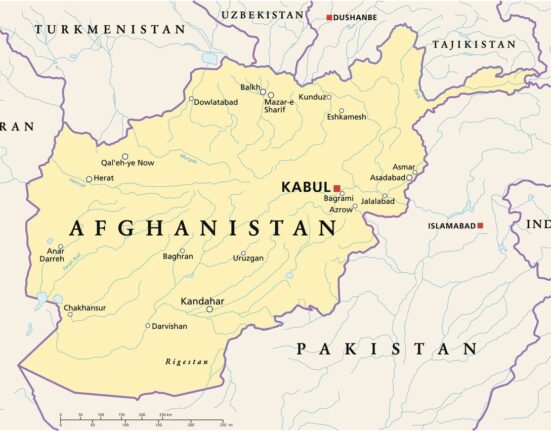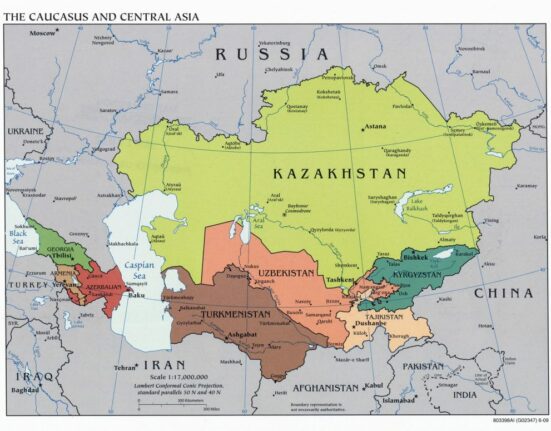KTZ Express, a subsidiary of Kazakhstan’s national railways company Kazakhstan Temir Zholy (KTZ), and China Railway Container Transport Co., Ltd. (CRCT) have agreed to work together to increase container transportation volumes on the China-Europe, China-Russia, and China-Belarus routes, as well as along the Trans-Caspian International Transport Route (TITR) and the China-Kyrgyzstan-Uzbekistan route, according to KTZ.
The companies will establish a working group to attract additional cargo flows and improve the efficiency of logistics routes. The partnership also includes the development of a transit corridor to Europe via Iran and Turkey, as well as increasing container shipments to Central Asian countries.
The partnership between KTZ Express and CRCT began in 2021 with the signing of a strategic agreement on joint development of transit container transportation.
Kazakhstan has strengthened its position as a key transit hub between China and Europe.
KTZ Chairman Talgat Aldybergenov reported to President Kassym-Jomart Tokayev on July 31 that in the first half of 2025, the volume of rail transit traffic via Kazakhstan reached 14.6 million tons.
To form the Trans-Kazakhstan Railway Corridor, more than 1,700 km of new railway lines are being built and 3,000 km of tracks are being modernized.
Kazakhstan continues expanding its terminal network abroad. Kazakhstan’s presence in such key cargo consolidation points as China, Russia, Hungary, Belarus, Azerbaijan, and Georgia optimizes logistics and increases the efficiency of transportation in the East-West and North-South directions.
In partnership with global innovation leaders, the automation of transit cargo declarations on the TITR has ensured the transparency of logistics operations and accelerated cargo delivery times. The time for processing declarations has been reduced from 8 hours to 30 minutes.
The TITR, also known as the Middle Corridor, bypasses Russia and links China and Europe via Central Asia and the Caspian Sea. Freight volumes along the corridor surged by 60% in 2024, reaching 4.5 million tons. Projections suggest that figure could surpass 10 million tons by 2030.
Photo: KTZ




